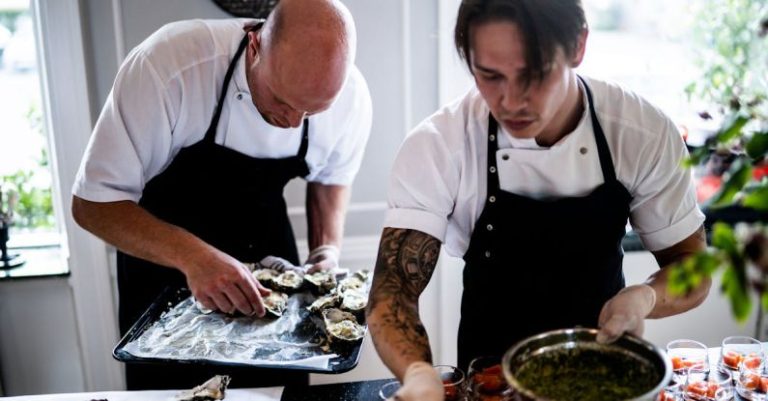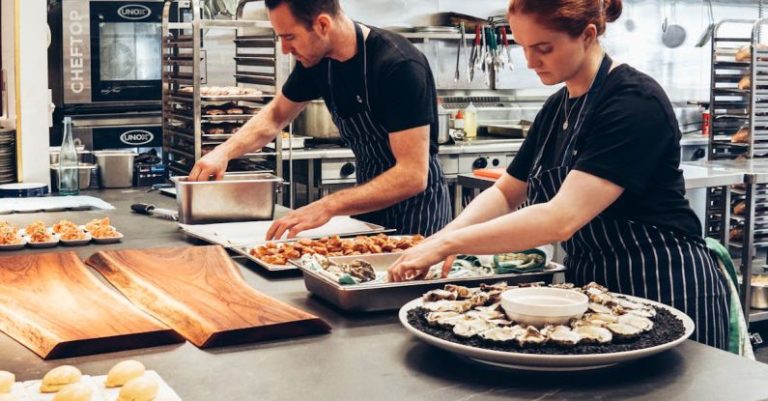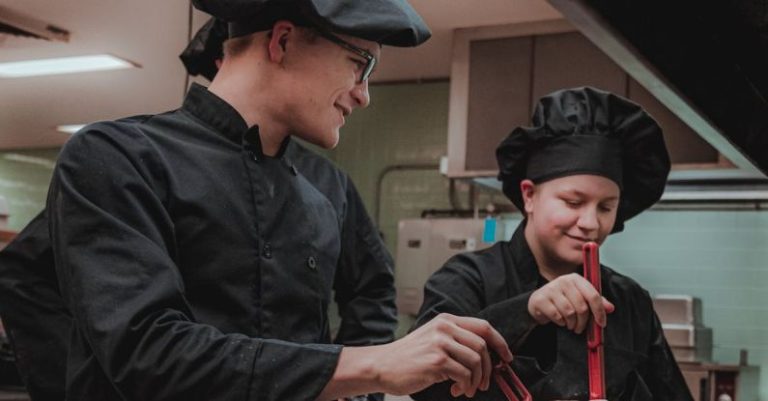
Food is a universal pleasure that brings people together in a shared experience of flavor, culture, and creativity. However, in our diverse world, not everyone can partake in every dish without concerns. Many individuals have specific dietary restrictions that require careful attention and consideration. For chefs, accommodating these restrictions while still delivering delicious and satisfying meals can be a challenging yet rewarding aspect of their craft.
Understanding the Needs
Chefs are trained to appreciate the nuances of flavors, textures, and ingredients in their dishes. When faced with dietary restrictions, they must adapt their approach to ensure that every diner can enjoy a meal that meets their needs. This often requires a deep understanding of various dietary requirements, such as allergies, intolerances, religious restrictions, or lifestyle choices like veganism or vegetarianism. By being knowledgeable about these restrictions, chefs can create inclusive menus that cater to a diverse range of preferences.
Communication is Key
One of the most crucial aspects of handling dietary restrictions as a chef is effective communication. Diners with restrictions rely on chefs to provide accurate information about ingredients and preparation methods to ensure their safety and satisfaction. This means that chefs must be open to dialogue with customers, asking relevant questions about their restrictions, and offering clear explanations of how dishes can be modified to accommodate their needs. By fostering open communication, chefs can build trust with diners and create a positive dining experience for everyone.
Creative Adaptations
Adapting dishes to meet dietary restrictions requires creativity and innovation in the kitchen. Chefs must think outside the box to find suitable substitutes for restricted ingredients while maintaining the integrity and flavor profile of the dish. This may involve experimenting with alternative ingredients, cooking techniques, or flavor combinations to create dishes that are both delicious and compliant with various restrictions. By embracing creativity, chefs can transform dietary restrictions from a challenge into an opportunity to showcase their culinary skills.
Cross-Contamination Concerns
For individuals with severe allergies or intolerances, cross-contamination can pose a significant risk to their health. Chefs must be vigilant in preventing cross-contact between restricted and non-restricted ingredients to ensure the safety of all diners. This may involve using separate utensils, cookware, and preparation areas for restricted dishes, as well as implementing strict cleaning protocols to minimize the risk of contamination. By prioritizing food safety and hygiene practices, chefs can create a dining environment that is safe and welcoming for everyone.
Embracing Diversity
In a world that is increasingly diverse, chefs have a unique opportunity to celebrate cultural traditions and culinary diversity while accommodating dietary restrictions. By embracing the challenge of catering to a wide range of preferences and needs, chefs can showcase the versatility and adaptability of their craft. This not only enriches the dining experience for customers but also fosters a sense of inclusivity and respect for individual differences. By embracing diversity, chefs can create a culinary landscape that is both flavorful and welcoming to all.
In conclusion, handling dietary restrictions as a chef requires a delicate balance of knowledge, communication, creativity, and attention to detail. By understanding the needs of diners, communicating effectively, adapting dishes creatively, addressing cross-contamination concerns, and embracing diversity, chefs can create a dining experience that is inclusive, safe, and delicious for all. Ultimately, accommodating dietary restrictions is not just a challenge for chefs but a testament to their dedication to providing exceptional food and hospitality to every guest.





